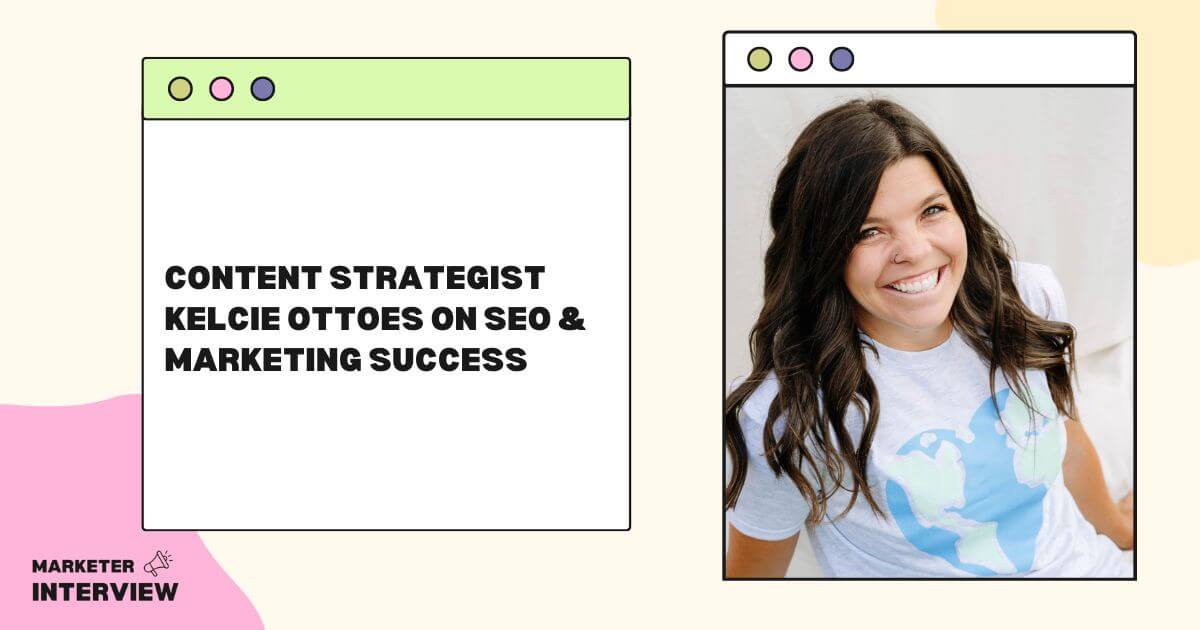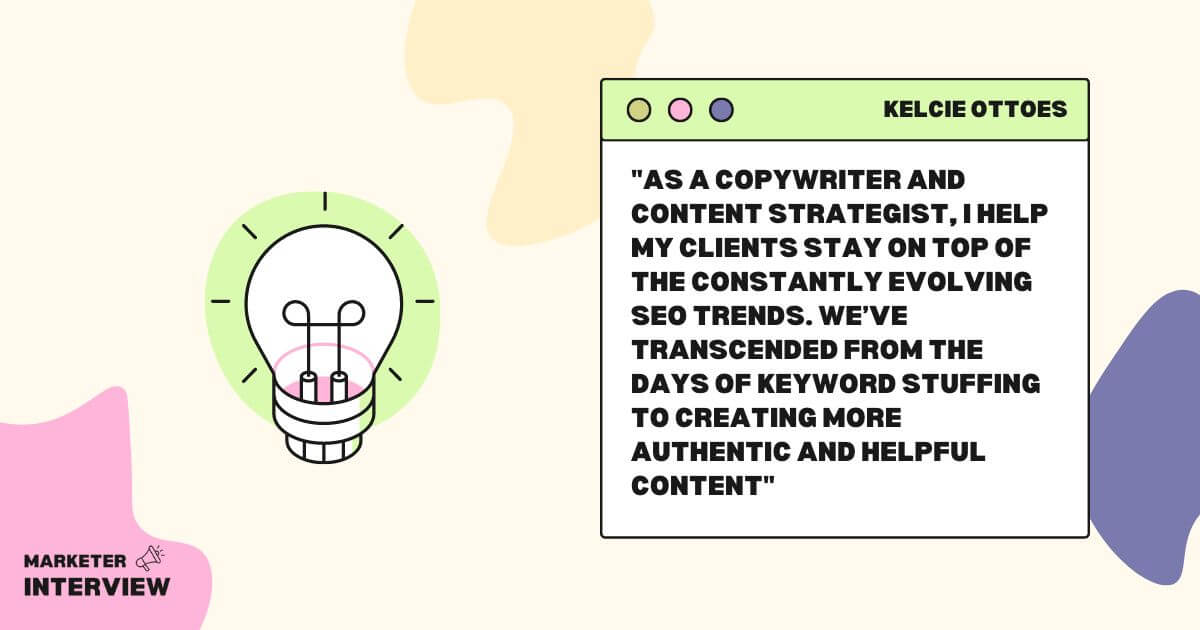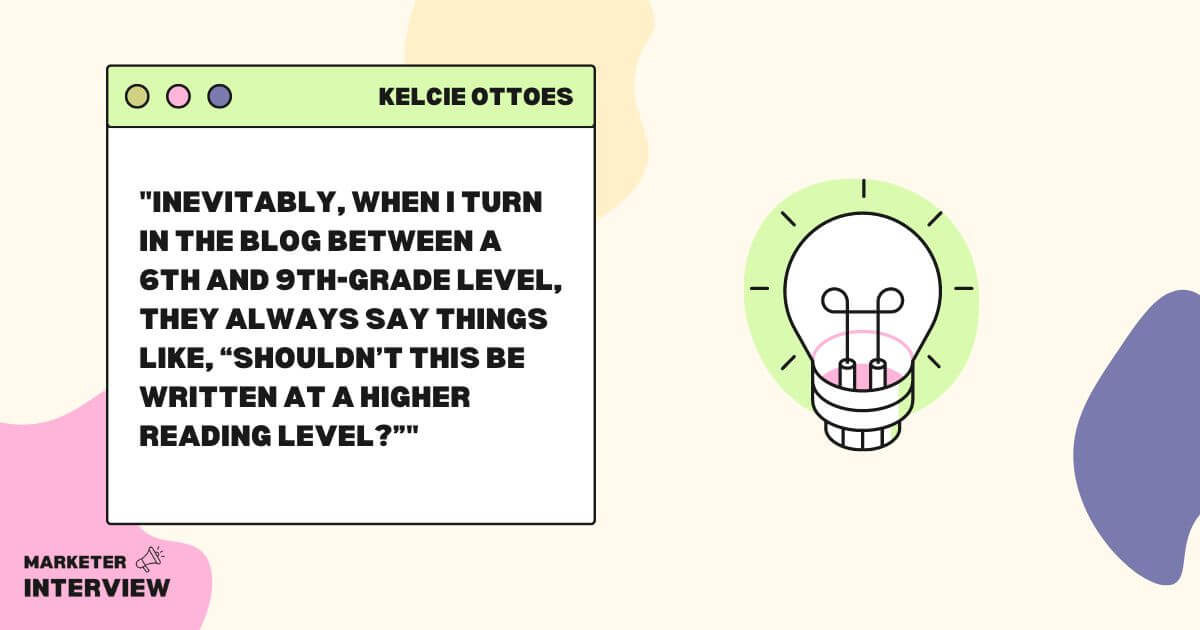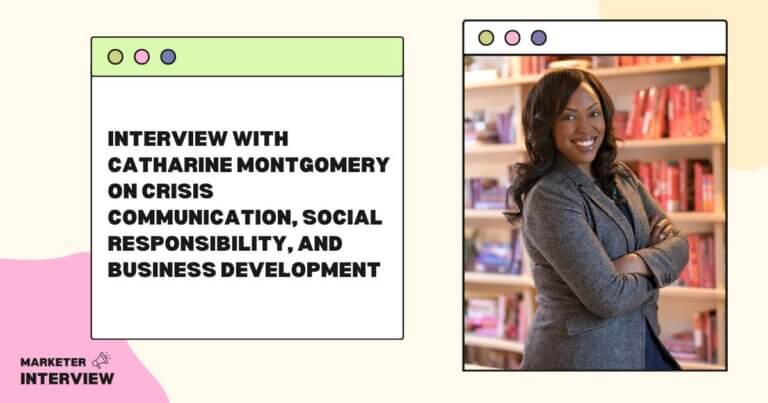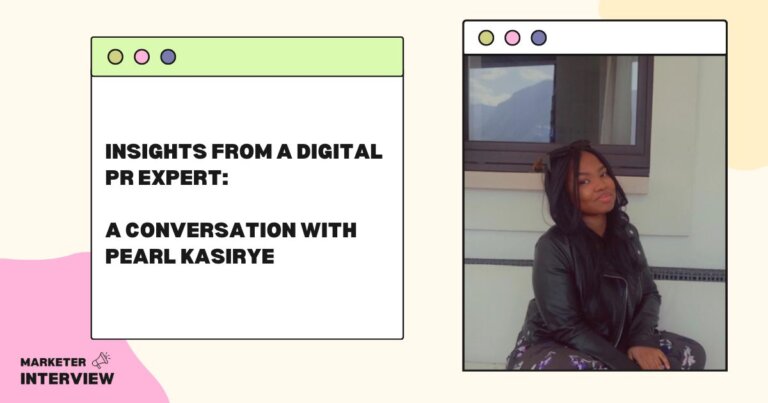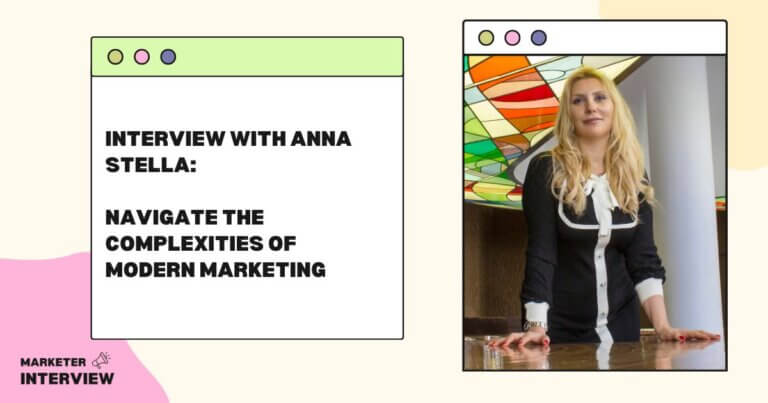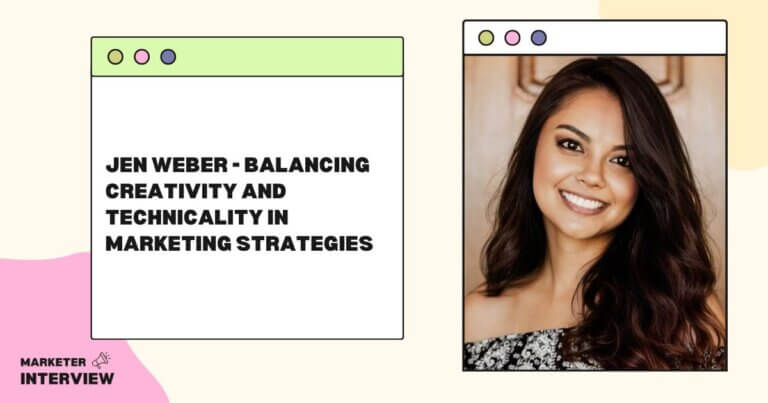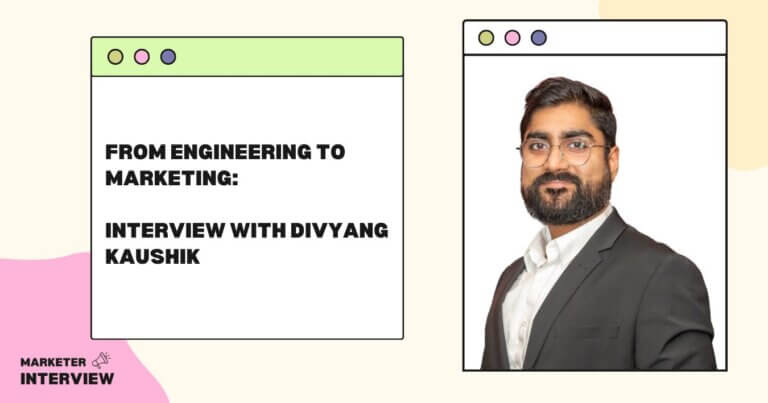Content Strategist Kelcie Ottoes on SEO & Marketing Success
As the world of digital marketing continues to evolve, businesses are constantly searching for innovative ways to stand out and attract customers.
Effective content creation is a critical component of successful marketing campaigns, which can help companies build relationships with their target audience and drive sales.
Kelcie Ottoes, a seasoned content strategist with a passion for writing, has built a career in marketing by helping clients create content that resonates with their audience and boosts their search engine rankings.
In this interview, Kelcie shares her insights on how SEO has evolved over the years, her approach to content creation, and the metrics she uses to measure marketing success.
Contents
- 1 What inspired you to pursue a career in marketingy?
- 2 Please share a bit about your experience with SEO and how it has evolved over the years.
- 3
- 4 How do you approach content creation for your clients?
- 5 What is the most crucial element of a successful content marketing campaign?
- 6 Can you tell us about a particularly challenging project you worked on?
- 7
- 8 How do you stay current with the latest trends and developments in the marketing industry?
- 9 How do you measure the success of your marketing campaigns?
- 10 Can you walk us through your process for conducting keyword research?
- 11 What essential tools and software do you use as a copywriter and marketer?
- 12 How do you balance the need for creativity in your writing with the need to produce results for your clients?
What inspired you to pursue a career in marketingy?
As a kid, I always loved writing. My parents actually encouraged me to seek out a career as a writer. When I graduated from college as an English major, marketing made the most sense for me to flex my creative muscles while still making a consistent paycheck.
I was waiting tables at a breakfast joint and begged their corporate office to give me an internship in their marketing department. Fortunately, that internship helping out with their reviews and social media turned into a part-time job, and the part-time job eventually turned into a full-time job.
There are a lot of opinions out there when it comes to working for free or solely for exposure in the marketing world. I agree that you shouldn’t work for free for many reasons. However, an unpaid internship for a few months made a huge difference in my life… so sometimes it makes sense and works out!
As a copywriter and content strategist, I help my clients stay on top of evolving SEO trends. We’ve transcended from the days of keyword stuffing to creating more authentic and helpful content. Thank goodness for that!
Other additions, like snippets and the continuous scrolling Google page (rather than being on page 1 or page 2), also allowed me to get my clients in front of their ideal clients. Helpful information can nurture a relationship if the perfect client can find you!
I’m always looking for ways to write the best blog post possible. Today, I aim for around 2,500 words, optimize the blog post for snippets, and include meta-descriptions, alt-descriptions, relevant photos, and graphic photo design ideas.
These all make a massive difference in rankability.
As we head into the next phase of SEO, where AI will inevitably impact it, I’m excited to see where the new technology takes us or where Google can enforce new guidelines around content that humans don’t create.
It’s an exciting time to be creating content!
How do you approach content creation for your clients?
For me, everything starts and ends with people. So when I bring on a new client, I interview current and ideal clients.
I learn what questions the sales team regularly asks and industry trends. Then, I work closely with the marketing team to get an understanding of the assets they’ve already created.
Once I’ve done that, I have the information to hit the ground running on SEO research. I can only do my SEO digging only once I’ve completely understood the industry landscape and the ideal client’s wants/needs/fears.
I always look for easy-to-rank keywords with high traffic levels and, if applicable, local keywords (often easier to rank for). Then, I create a year’s worth of content ideas. I want to be aligned with my clients on where we’re going and what keywords we’re trying to rank for.
From there, I start writing human-centered content. I try to put myself in an ideal client’s shoes and provide information that would be helpful to them and pleasurable to read.
Once the content is created, I link the keyword we’re trying to rank for in 2-5 blogs already posted.
Keeping humans at the center of SEO makes all the difference.
What is the most crucial element of a successful content marketing campaign?
I’m successful when my clients are getting relative leads into their pipeline.
If you don’t have that, you haven’t created successful content that’s taken your client from an unknown to a go-to staple in their industry. So, I keep the content human-centered and track the metrics.
Can you tell us about a particularly challenging project you worked on?
One challenge with almost all of my new clients is the reading level at which the piece is written. Inevitably, when I turn in the blog between a 6th and 9th-grade level, they always say things like, “Shouldn’t this be written at a higher reading level?”
Or they say their readers are much more intelligent than this, and we shouldn’t be dumbing down the content.
I explain that part of writing to this lower reading level is about accessibility, but the other part is about enjoyment. Few people want to sit down with a science dissertation that’s difficult to understand and try to unweave all the information. So writing to a lower reading level makes the content more enjoyable and increases retention.
I’ve gotten pretty good at convincing folks that this is the right way to go with their content over the years, but I’m always surprised at how often it comes up.
How do you stay current with the latest trends and developments in the marketing industry?
Ahrefs, the SEO tool I use, does a great job of creating content on SEO trends. I also think Neil Patel’s information is helpful, and he regularly produces content.
If I have a significant knowledge gap, I’ll often look to Hubspot’s Academy to see if they’ve created any topics on the content I think I’m missing.
I’m also part of many copywriter groups, so that’s a great way to learn together.
How do you measure the success of your marketing campaigns?
My success is measured by the number of new customers acquired by my content.
Views, page time, bounce rates, and click rates are the metrics I use to help determine what is and isn’t working.
Can you walk us through your process for conducting keyword research?
- I do in-depth interviews with the marketing, sales, and ideal customers.
- I then use Ahref’s and Ubersuggest to examine keyword difficulty and rankability.
- I search on Google for keywords based on the “suggested topics” at the bottom of the page.
- I note relative keywords, snippets, and how the top content is currently structured (photos, videos, listicles, etc).
- I create a year’s worth of content ideas, with specific pillar content pieces and supporting pieces to help establish my clients as helpful experts in their industries.
- Then we get to writing!
What essential tools and software do you use as a copywriter and marketer?
Ahrefs, Ubersuggest, the Hemingway app, Sharethrough’s Headline Analyzer, and Google Docs are some of my favorites.
How do you balance the need for creativity in your writing with the need to produce results for your clients?
This has never been a problem for me, likely because I use a lot of stories and metaphors to get the point across.
This helps their clients’ retention. I’ve never had a story or metaphor axed, so I’ve never felt I had to balance my creativity better. Storytelling and great content will always go hand in hand!
